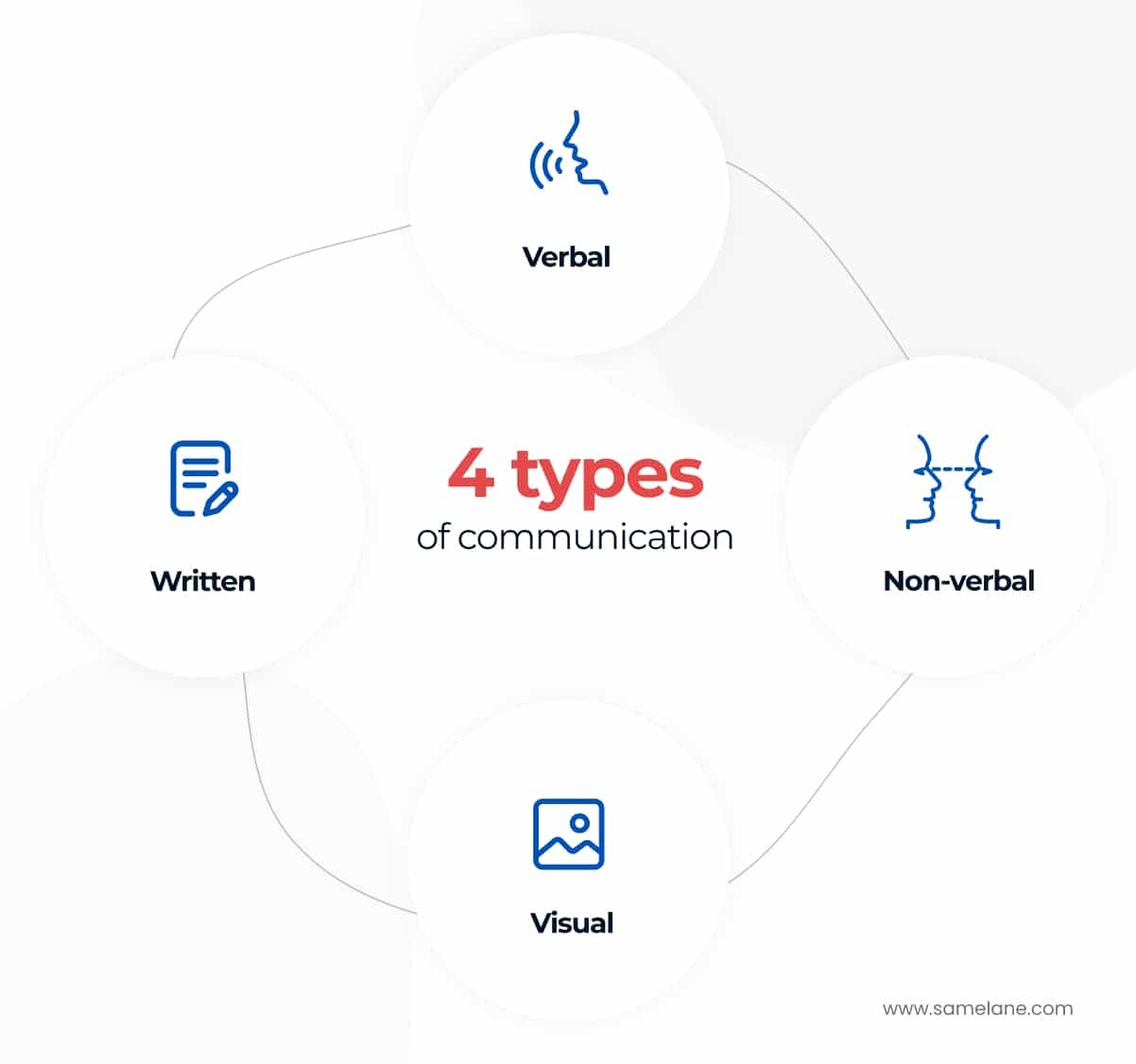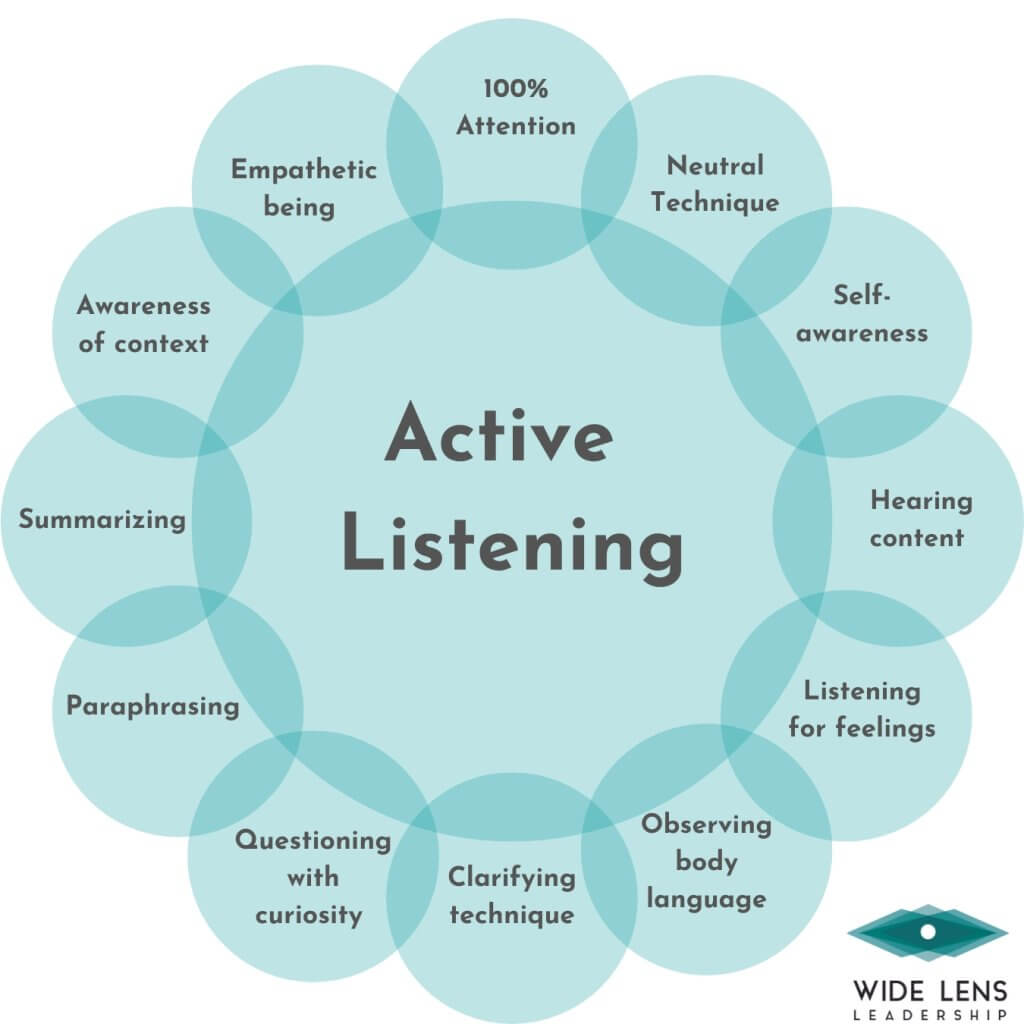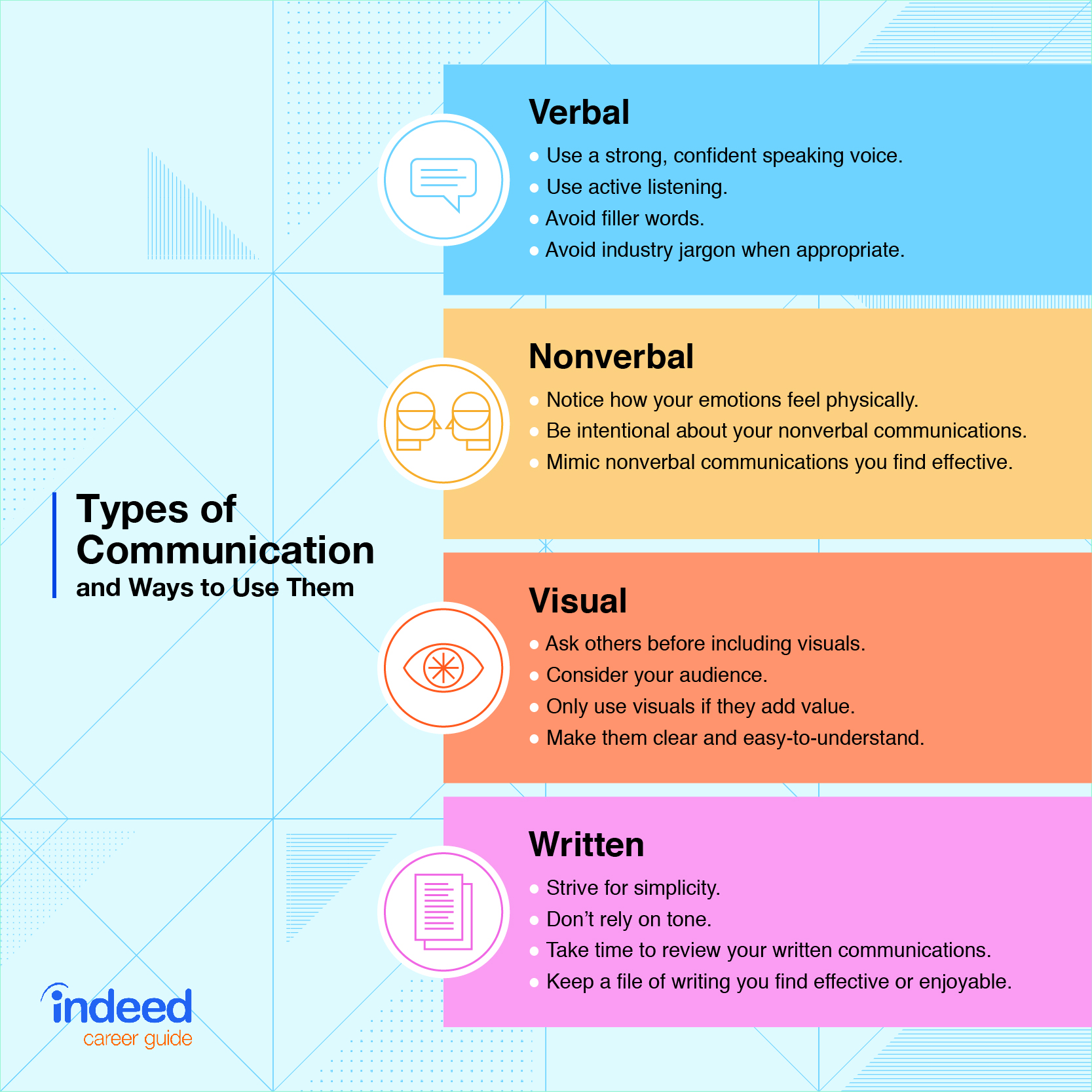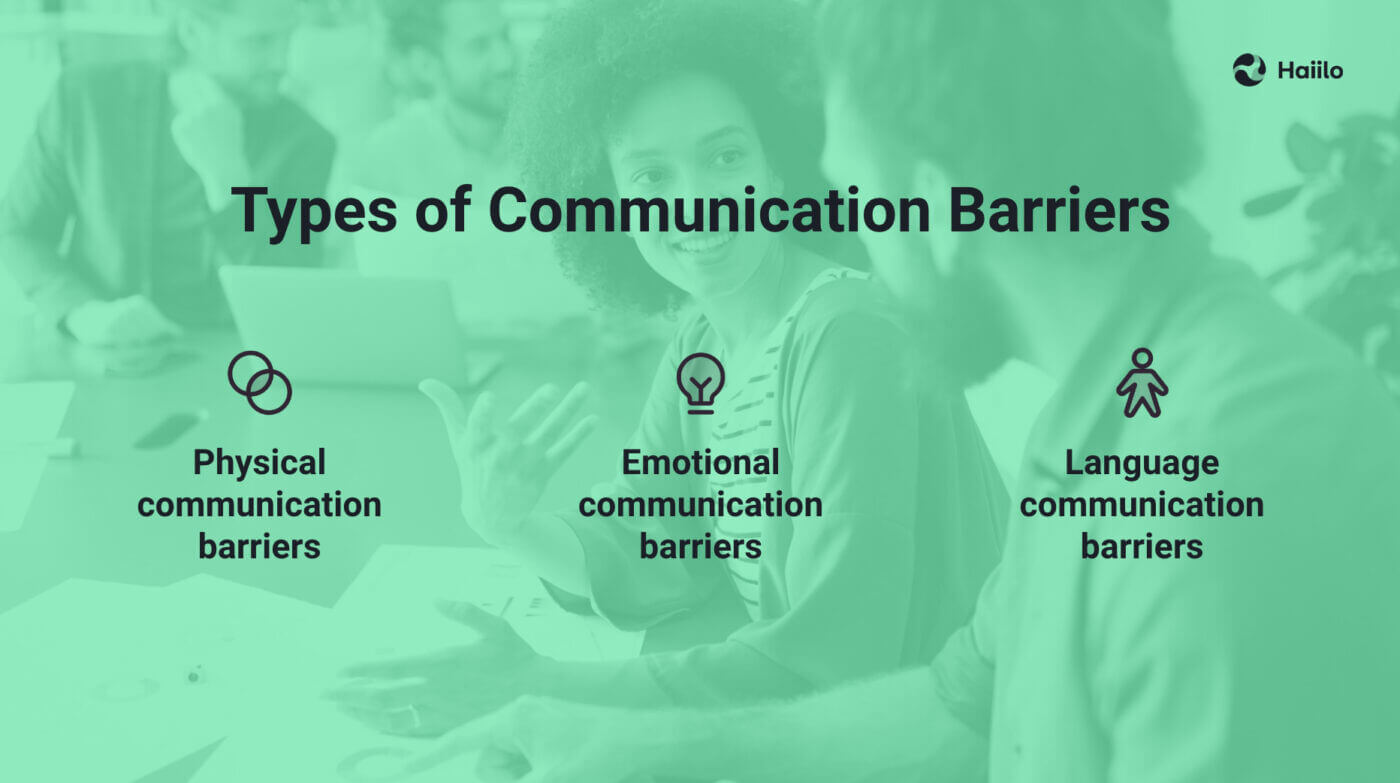Expert Advice on Messaging Techniques That Will Impress


Understanding Communication Styles
Different Types of Communication Styles
In understanding communication styles, **it is vital to recognize that individuals often exhibit various ways of communicating their ideas and thoughts.** Some people may have a direct communication style, being straightforward and concise in their interactions. Others may lean towards an indirect style, using more subtle cues and nuances to convey their messages. Additionally, individuals may fall into assertive communication styles, confidently expressing their opinions and needs, or passive styles, where they may avoid confrontation or assertiveness. **Understanding these differences can help in fostering effective communication and avoiding misunderstandings.**
Tailoring Messaging Techniques to Different Styles
**Adapting messaging techniques to suit different communication styles is crucial for enhancing clarity and successful interactions.** When communicating with someone who prefers a direct style, it is advisable to be clear, concise, and to the point. On the other hand, when dealing with individuals who have an indirect communication style, paying attention to non-verbal cues and reading between the lines can be beneficial. **By tailoring messages to match the recipient’s preferred style, communication can be more productive and lead to better outcomes.**

Understanding Communication Styles
Different Types of Communication Styles
**The recognition of various communication styles is essential, as individuals display diverse ways of expressing themselves.** Some individuals are known for their direct communication style, being clear and concise in their communication. Others may lean towards an indirect style, utilizing subtleties to convey their messages. Moreover, people may exhibit assertive communication styles, confidently voicing their opinions, or passive styles, avoiding confrontation. **Acknowledging these distinctions is key to fostering effective communication and preventing misunderstandings.**
Tailoring Messaging Techniques to Different Styles
**Customizing messaging techniques to accommodate different communication styles is crucial for ensuring clear and successful interactions.** When interacting with individuals favoring a direct style, it is best to be straightforward and succinct. Conversely, when engaging with those preferring an indirect style, interpreting non-verbal cues can be advantageous. **By aligning messages with the recipient’s preferred style, communication can be more fruitful and yield positive results.**
Importance of Active Listening
Strategies for Active Listening
When it comes to active listening, **it requires giving full attention to the speaker and comprehending their message thoroughly.** One effective strategy is to maintain eye contact and provide verbal or non-verbal cues to show engagement. Additionally, paraphrasing what the speaker has said helps in confirming understanding and demonstrating active participation in the conversation.
Engaging with the Speaker Through Responses
**Engagement through responses is crucial in active listening and fosters effective communication.** Responding with affirmations, such as nodding or providing verbal acknowledgments, encourages the speaker to continue sharing their thoughts. Asking clarifying questions also demonstrates interest and helps in gaining a deeper understanding of the speaker’s perspective.

Understanding Communication Styles
Different Types of Communication Styles
**Various communication styles exist, reflecting individuals’ distinct ways of expression.** Some individuals opt for direct communication, being clear and concise, while others lean towards an indirect approach, using subtleties. Additionally, assertive communicators confidently voice opinions, contrasting with passive communicators who avoid confrontation. **Recognizing and adapting to these styles enhances effective communication and minimizes misunderstandings.**
Tailoring Messaging Techniques to Different Styles
**Adapting messaging techniques to suit varied communication styles is essential for successful interactions.** When engaging with those preferring direct communication, being straightforward is key. For individuals favoring an indirect style, paying attention to non-verbal cues can be beneficial. **Aligning messages with recipients’ preferred styles enhances communication effectiveness.**
Importance of Active Listening
Strategies for Active Listening
**Active listening involves fully attending to the speaker’s message for thorough understanding.** Maintaining eye contact, providing verbal or non-verbal cues, and paraphrasing the speaker’s words aid in confirming comprehension and active participation.
Engaging with the Speaker Through Responses
**Engaging with the speaker through responses is pivotal for effective communication.** Responding with affirmations like nodding or giving verbal acknowledgments encourages further sharing. Asking clarifying questions shows interest and deepens comprehension of the speaker’s perspective.
Building Rapport Through Empathy
Practicing Empathetic Communication
**Embracing empathetic communication involves understanding and resonating with others’ emotions and perspectives.** By acknowledging and validating their feelings, individuals can foster trust and connection in interactions.
Using Empathy to Strengthen Relationships
**Utilizing empathy nurtures stronger relationships by demonstrating care and understanding towards others.** By actively listening, acknowledging emotions, and offering support, individuals can cultivate deeper bonds and mutual respect.
Crafting Clear and Concise Messages
Tips for Effective Message Clarity
In understanding communication styles, various approaches can enhance interactions. Tailoring messages to suit different styles is crucial for effective communication. When engaging with direct communicators, clarity is key, ensuring messages are straightforward and to the point. For those who prefer indirect communication, paying attention to non-verbal cues can aid in conveying information effectively. By aligning messages with recipients’ communication styles, misunderstandings can be minimized, fostering better understanding in interactions.
Avoiding Miscommunication Through Conciseness
Active listening plays a pivotal role in communication, requiring strategies to ensure thorough understanding. By actively engaging with speakers through responses, individuals can demonstrate attentiveness and promote effective dialogue. Responding with affirmations and asking clarifying questions are vital in showing interest and deepening comprehension. Through empathetic communication, individuals can build rapport and strengthen relationships by acknowledging emotions and validating feelings. Utilizing empathy creates a foundation for mutual respect and understanding in interactions.

Leveraging Nonverbal Communication
The Impact of Body Language in Messaging
In understanding communication styles, it is essential to recognize the significance of body language in conveying messages effectively. Nonverbal cues such as facial expressions, gestures, and posture can greatly influence the interpretation of messages. Maintaining eye contact shows engagement and attentiveness, while open body posture conveys approachability. Being aware of one’s own body language and interpreting others’ nonverbal signals can aid in fostering clearer communication and building rapport in interactions.
Using Visual Cues to Enhance Communication
Visual cues play a crucial role in enhancing communication by complementing verbal messages. Utilizing visual aids such as graphs, charts, and images can help clarify complex information and reinforce key points. Visual cues appeal to different learning styles and can enhance retention and understanding. Incorporating visual elements in presentations or written communication can make messages more engaging and memorable, leading to more effective communication outcomes.

Adapting Messaging Strategies to Different Audiences
Understanding Audience Preferences
In communicating effectively, it is crucial to consider the diverse preferences of the audience. By recognizing the varying communication styles, cultural backgrounds, and learning preferences of different audiences, one can tailor messages to resonate more effectively. Understanding the audience’s level of prior knowledge on a topic can help in adjusting the complexity of the message. Additionally, considering the preferred communication channels and formats of the audience can enhance the delivery of messages for better reception and understanding.
Tailoring Messages for Maximum Impact
Tailoring messages to suit the specific needs and characteristics of the audience can significantly enhance the impact of communication. By customizing the content, tone, and delivery of messages, communicators can ensure that the information is relevant, relatable, and engaging to the audience. Addressing the audience’s concerns, interests, and motivations in the message can make the communication more persuasive and actionable. Adapting messaging strategies to different audiences demonstrates a thoughtful approach to communication that fosters better engagement and comprehension.

The Power of Storytelling in Communication
Incorporating Storytelling Techniques in Messages
When crafting messages for different audiences, incorporating storytelling techniques can be a powerful way to engage and connect with listeners. Stories have a unique ability to captivate attention, evoke emotions, and make information more memorable. By weaving narratives into messages, communicators can create a more compelling and relatable context for the audience to understand and remember the key points being conveyed. Utilizing elements such as plot, characters, and conflict can help messages resonate on a deeper level with diverse audiences.
Creating Memorable Messages Through Stories
Storytelling can transform ordinary messages into memorable experiences that leave a lasting impact on the audience. When stories are used to convey information, they become more than just facts or data – they become experiences that the audience can emotionally connect with. By framing messages within a narrative structure, communicators can make complex concepts more accessible and engaging for a wide range of listeners. This approach not only enhances understanding but also fosters a stronger connection between the communicator and the audience, leading to more effective communication outcomes.

Overcoming Communication Barriers
Identifying Common Communication Barriers
Incorporating storytelling techniques into messages can help overcome communication barriers that hinder effective interaction. Storytelling enriches messages by captivating attention, eliciting emotions, and enhancing information retention. By integrating elements like plot, characters, and conflict, communicators can transcend language and cultural barriers to make messages universally relatable and engaging.
Strategies to Overcome Barriers and Improve Messaging
Utilizing storytelling to create memorable messages fosters a deeper connection between the communicator and the audience. Through narrative structures, complex ideas become more comprehensible and engaging for diverse listeners. By framing messages within a storytelling context, communicators can bridge the gap between different perspectives and ensure that the information resonates with the audience on a personal level. This approach not only enhances understanding but also facilitates effective communication outcomes.
Overcoming Communication Barriers
Identifying Common Communication Barriers
Incorporating storytelling techniques into messages can help overcome communication barriers that hinder effective interaction. Storytelling enriches messages by captivating attention, eliciting emotions, and enhancing information retention. By integrating elements like plot, characters, and conflict, communicators can transcend language and cultural barriers to make messages universally relatable and engaging.
Strategies to Overcome Barriers and Improve Messaging
Utilizing storytelling to create memorable messages fosters a deeper connection between the communicator and the audience. Through narrative structures, complex ideas become more comprehensible and engaging for diverse listeners. By framing messages within a storytelling context, communicators can bridge the gap between different perspectives and ensure that the information resonates with the audience on a personal level. This approach not only enhances understanding but also facilitates effective communication outcomes.
Conclusion and Implementation
Summarizing Key Messaging Techniques
Storytelling is an effective tool for enhancing communication by overcoming barriers and engaging audiences on a deeper level. By infusing messages with storytelling elements, communicators can make information more relatable and memorable, leading to improved communication outcomes.
Implementing Expert Advice for Impressive Communication
Experts recommend incorporating storytelling techniques into communication practices to connect with audiences effectively. By embracing narrative structures, communicators can break down complex ideas and ensure that messages resonate with listeners from diverse backgrounds. This expert advice highlights the importance of utilizing storytelling to enhance communication strategies for impactful results.




